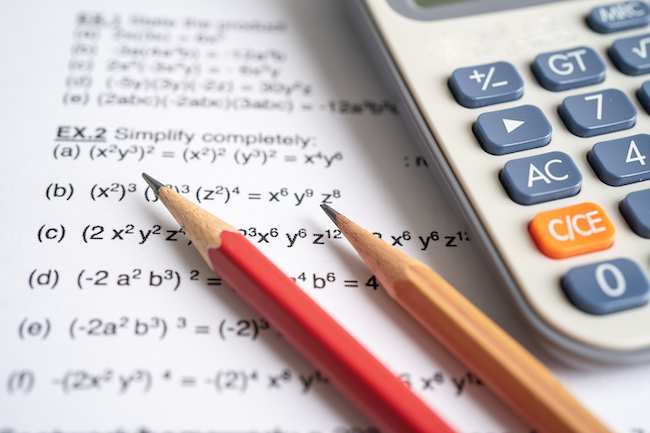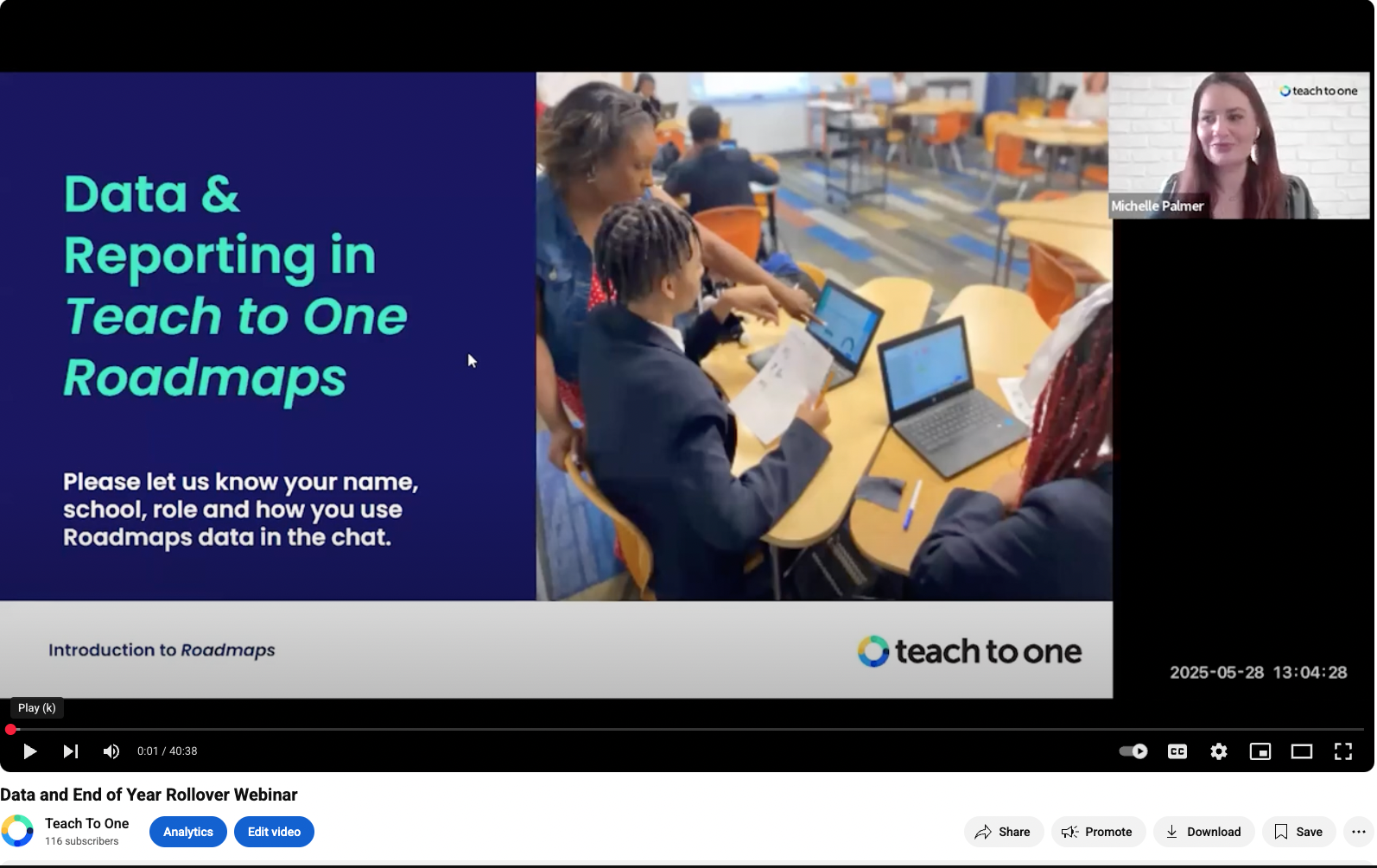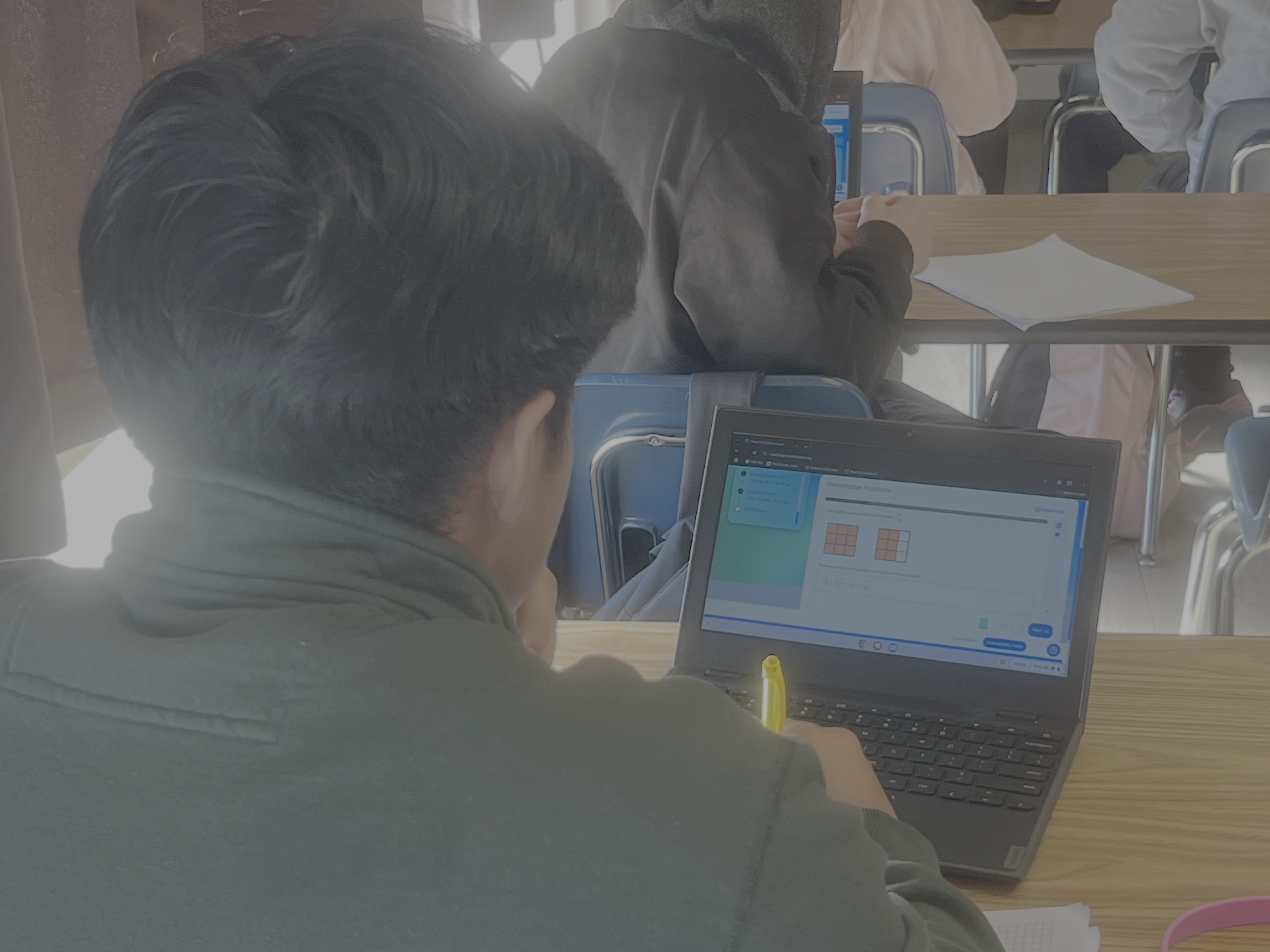To and Through Algebra: its critical role in advanced math learning and new support for high school educators teaching it
May 16, 2023
By Teach to One

Students in many states must pass basic algebra to earn a high school diploma. Many universities require students to take algebra to enter college.
Why?
There is general consensus among educators that algebra bolsters logic skills while simultaneously encouraging abstract thinking. It also prepares students for statistics and calculus, which is increasingly required for future careers.
As the language of math, algebra is the foundational key to success in higher level mathematics. For this reason, it is often viewed as the building blocks of math and the gatekeeper to advanced math learning.
Without a basic grasp of algebra, future career aspirations are hindered for many students before their journey has even begun.
The challenge for high school administrators
The good news is that contrary to popular opinion, the focus on STEM has seen an increase in students studying advanced math. According to the National Center for Education Statistics (NCES), the percentage of high school graduates that completed algebra grew from 78% in 2009 to 85% in 2019.1
However if you look a little deeper, the statistics show that the National Assessment of Educational Progress (NAEP) long-term trend for average mathematics scale scores has improved little since the early 2000’s and, worryingly, dropped for the first time ever in 2022.2
Out-of-field teaching on the rise
Some researchers assert that the rise of out-of-field teaching in American high schools is a significant contributing factor to declining scores in math. Assistant Professor at the University of Georgia, Richard M Ingersoll, wrote in a research article that a third of all secondary school teachers of mathematics have neither a major or minor in mathematics.3
The problem is only expected to worsen with a chronic shortage of teachers across the board—and in math in particular.
The role tech-enhanced learning programs can play in teaching algebra
Ed-tech is seen by many as a way for teachers to cover the math teaching gap and ease the workload. But does educational technology work in the classroom? Can it actually ease math teacher workloads so they can do more — and provide more focused attention with those who really need it?
A 2015 research article published by Hegedus, Dlaton and Tapper found the effect of replacing traditional algebra 2 curriculum with an integrated suite of dynamic interactive software, wireless networks and technology-enhanced curriculum on student learning demonstrated significant impact on student learning of core algebra concepts including both procedural and conceptual problems.4
Exactly how does it help?
Building math proficiency is a lot like building a skyscraper. Strong foundations are needed before you can start adding levels.
Unlike construction managers, teachers don’t have the luxury of holding back new work until the foundations are solid. The structure of our education system with aged-based learning, fixed lesson plans and homogenous classroom teaching means many students miss out on the math building blocks needed for advanced learning. Moreover, a plumber would never be asked to do the electrical work on a construction site, but teachers are asked to teach outside their area of expertise almost daily.
The power of digital math learning resources like Teach to One Roadmaps helps to bridge this gap. It uses carefully curated best-in-class content to deliver a personalized learning experience at scale.
It enables teachers to use the power and engagement of technology to:
1. Meet each student at their starting point.
2. Continually adapt lesson plans and learning pace based on individual progress.
3. Teach a classroom of students the same way as if they were tutoring each student 1:1.
Because Teach to One Roadmaps offers a more personal, supportive and interactive learning experience, it’s more likely students are to become invested in the algebra learning journey.
1. National Center for Education Statistics: High School Mathematics and Science Course Completion. Condition of Education. U.S. Department of Education, Institute of Education Sciences. Retrieved July 1, 2022.
2. National Center for Education Statistics: Condition of Education 2022: Reading and Mathematics Score Trends.
3. Richard M. Ingersoll, Volume 28, Issue 2, The Problem of Underqualified Teachers in American Secondary Schools (2016).
4. Hegedus, S.J., Dalton, S. & Tapper, J.R. The impact of technology-enhanced curriculum on learning advanced algebra in US high school classrooms. Education Tech Research Dev 63, 203–228 (2015).
Latest Posts

Recording: Data and End of Year Rollover Webinar
In this 45-minute webinar recording, Michelle Palmer, Senior Director of Customer Success, and Liat Greenspan, Associate Director of Program Success, explain how to assign a skill or pathway, use the Teacher Dashboard to identify struggling students, leverage the Reports Hub for weekly planning, and monitor growth and engagement on the Progress Page.

Getting Students Engaged in Math at Valley Charter
Students arrive at their assigned seats equipped with laptops and individualized Teach to One Roadmaps packets, which include a work time poster, a note-taking sheet, and graph paper.

Webinar Recording: Unlocking Algebra
On Tuesday, May 13, TNTP and New Classrooms released the report: Unlocking Algebra – What the Data Tells Us About Helping Students Catch Up. On the same day Adam Meier, Partner, Research Center of Excellence, TNTP, and Joel Rose, Co-founder and Chief Executive Officer, New Classrooms, presented the findings, recorded in the webinar below. Looking […]